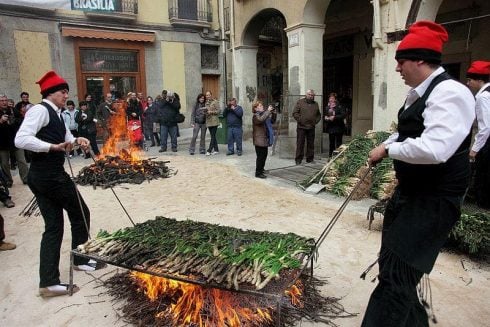Islands are microcosmic worlds; surrounded by turquoise seas and tropical sun. Today, Majorca’s Cabrera Island is exactly that, but in the early 19th century this mystique was lost on those who called it home…
FOR centuries islands have played host to some of the world’s most hardened criminals. Alcatraz Island is known as America’s ‘prison of all prisons’. Inescapable, this island fortress received the most incorrigible and dangerous inmates that other U.S. penitentiaries could not handle. Similarly Devil’s Island (in French Guiana), perhaps history’s most notorious penal colony, housed over 80,000 criminals – 50,000 of which died from tropical diseases, over-work and starvation.
Off the coast of Marseille in France, lies the island prison of Chateau d’if – the setting for Alexander Dumas’ famous ‘The Count of Monte Cristo’. Even the giant continental island of Australia, traces its founding to that of a prison for exiled criminals. In an all but forgotten historical footnote, Spain too has a contribution to the legacy of island prisons….consider the legacy of Cabrera Island.
Cabrera Island is part of a small archipelago located five miles off the coast of Majorca. It is small, measuring only two miles wide and three miles long. It is too dry, too barren and too unforgiving to support human populations and remains uninhabited – just as it has throughout human existence. Because of this, Cabrera’s coastal landscape is considered among the best preserved in the Mediterranean.
Similarly, the island’s bird and marine ecosystems remain uncommonly unique. In 1991, Spain officially designated the island part of the Cabrera Archipelago Maritime-Terrestrial National Park. Popular with hikers, divers and naturalists, the island is a place of peace and untouched natural surroundings. Yet in a relatively unknown chapter in Spanish history, Cabrera played host to some truly horrific and brutal events. Consider…
In the early 1800’s, Emperor Napoleon Bonaparte turned his attention from dominance in central Europe to the Iberian Peninsula. Here his troops were severely tested and forced to fight an intense guerilla war. In one particular engagement, The Battle of Bailen – in the province of Jaen – Napoleon’s troops were forced to surrender. Over 7,000 French soldiers were taken prisoner and summarily marched south to ‘prison ships’ anchored in the Cadiz harbor.
Spanish authorities debated the prisoners’ fate for months. The captors did not want to repatriate these prisoners back to France where they might return to the Iberian Peninsula to fight another day. The conditions quickly became deplorable. Local officials, fearing epidemics, riots and the high cost of maintenance, decided to set the prison ships to sail. In April 1809, these prison ships sailed from Cadiz destined for the rocky outcrop island of Cabrera.
Like marooned castaways, the French captives were exiled on this island without supervision, without shelter or clothing, little fresh water (Cabrera has only one natural spring) and without sufficient provisions. They were literally dumped on the beach and left alone to their own devices.
Although there is a paucity of official records, there are accounts of disease, exposure, starvation, contagion and malnutrition. There are also accounts of prisoners forming hierarchical social groups which resulted in ‘gang wars’, murders, suicides and anarchy. Some groups monopolized the limited food supplies while other groups enforced draconian discipline.
It is important to remember that any talk of fair treatment of prisoners of war (e.g. the 1906 Geneva Convention) was still a century away. It should also be mentioned that there were charitable groups in Barcelona and Majorca that did manage to get minimal provisions to the prisoners but mostly these efforts were too little, too late. Of the 9,000 French prisoners sent to Cabrera, only 3,500 survived.
Today Cabrera Archipelago National Park is administered by the municipality of Palma de Mallorca. Its hiking trails, nature tours and scuba-diving evoke images of blue waters, solitude, marvellous sea views and the natural world at its finest. Yet for those who called Cabrera home from 1809-1814, those images were anything but idyllic.
Cabrera attracts surprisingly few visitors due to its remoteness and that access is restricted by the National Park. Boats may only dock in the island’s only natural harbour and a licence allows for one day visits only. Excursions to the island are limited.
For many though, the remoteness and restrictions are precisely the attraction – the inherent privacy and untouched nature are treasured by the diving and hiking communities. For more information about visiting the island go to www.excursionscabrear.es










